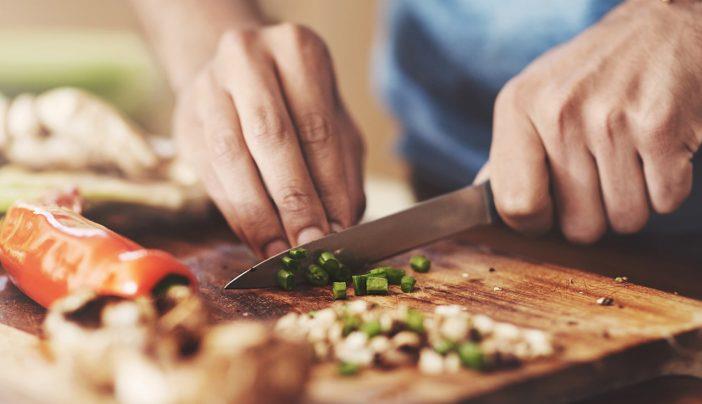
Discover the enchanting world of home baking as we delve into the top 8 fascinating aspects that will ignite your passion for creating delectable treats.
From the art of bread making to the intricacies of pastry baking, the article explores the mastery of cake decorating, cookie baking, pie making, gluten-free baking, vegan baking, and sugar-free baking.
Immerse yourself in the joy of culinary creativity and embrace the safety and satisfaction that comes with baking in the comfort of your own home.
Bread Making
Bread making is a fundamental skill in home baking that requires precision and attention to detail. From the soft, fluffy loaves to the crusty artisan breads, there is something truly satisfying about baking bread from scratch.
One popular technique that has gained popularity in recent years is sourdough. Sourdough bread is made using a fermented dough, which gives it a unique tangy flavor and a chewy texture. This technique involves capturing wild yeast and bacteria from the environment to naturally leaven the bread. It requires careful monitoring of the fermentation process and maintaining a healthy starter.
However, the result is a delicious, homemade bread that is free from commercial yeast and additives. With proper knowledge and practice, anyone can master the art of sourdough bread making and enjoy the satisfaction of baking their own delicious loaves at home.
Pastry Baking
Moving on to the next fascinating aspect of home baking, how does pastry baking add a new dimension to the art of creating delectable treats?
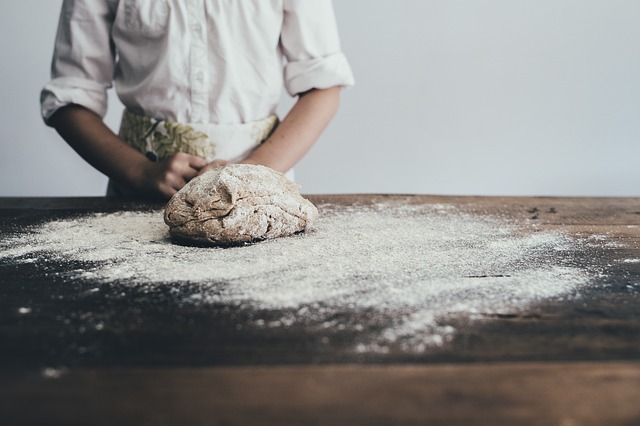
Pastry baking techniques bring a level of precision and finesse to the world of baking. Whether it's flaky croissants, buttery tarts, or delicate éclairs, pastry baking requires a careful balance of ingredients and a mastery of various techniques.
One essential aspect of pastry baking is using the right tools. From rolling pins and pastry brushes to pastry cutters and piping bags, these tools help create the perfect texture and shape for pastries.
Additionally, pastry baking techniques such as blind baking, lamination, and crimping ensure that the pastry comes out light, crisp, and visually appealing.
Cake Decorating
Cake decorating adds a new level of artistry and creativity to the world of home baking. It allows bakers to transform a plain cake into a work of art, showcasing their skills and imagination. From simple designs to intricate patterns, cake decorating offers endless possibilities to create visually stunning and delicious masterpieces.
When it comes to cake decorating, safety is of utmost importance. It is essential to use food-safe materials and tools, ensuring that the decorations are not only beautiful but also safe to consume. Bakers should also be mindful of any potential allergens when choosing ingredients and decorating techniques.
In addition to safety, cake decorating also offers the opportunity to experiment with different flavors. By incorporating various flavors into the cake batter or frosting, bakers can create unique and delicious combinations. From classic vanilla to decadent chocolate, and even exotic flavors like coconut or lemon, the possibilities are endless.
Cake decorating truly allows bakers to showcase their creativity and elevate their baking skills to new heights. Whether it's for a special occasion or just to indulge in a sweet treat, a beautifully decorated cake is sure to impress and delight.
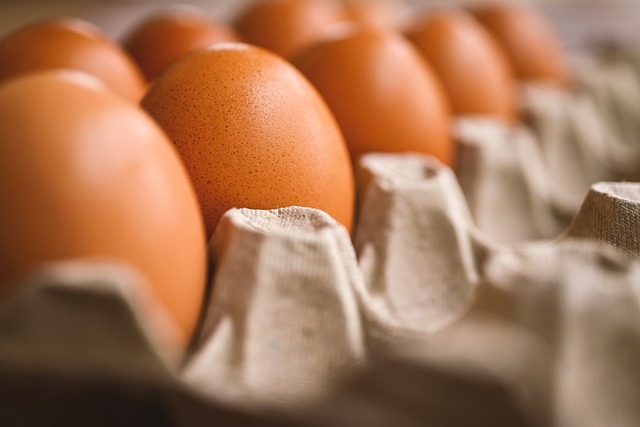
Cookie Baking
When it comes to cookie baking, there are endless possibilities for flavor variations that can take your cookies from ordinary to extraordinary. From classic chocolate chip to unique combinations like lavender and lemon, the flavor options are only limited by your imagination.
Additionally, cookie baking allows for creative designs and decorations, whether it's using cookie cutters to shape them into fun shapes or piping colorful icing onto the surface.
To ensure successful cookie baking, following baking tips such as chilling the dough before baking and using parchment paper for easy cleanup can make a significant difference in the final result.
Cookie Flavor Variations
One of the fascinating aspects of cookie baking is the variety of flavors that can be created using different ingredients and techniques. From classic chocolate chip to creative combinations, experimenting with cookie recipes allows for endless possibilities.
Here are four delicious cookie flavor variations to inspire your baking adventures:
- Citrus Burst: Add a burst of freshness to your cookies by incorporating lemon or orange zest into the dough. The bright citrus flavor pairs perfectly with the sweetness of the cookie.
- Nutty Delight: Enhance the texture and flavor of your cookies by adding chopped nuts such as almonds, walnuts, or pecans. Not only do they provide a crunch, but they also add a rich, nutty taste.
- Spiced Sensation: Elevate your cookies by incorporating warm spices like cinnamon, nutmeg, or ginger. These aromatic flavors create a cozy and comforting treat.
- Exotic Twist: Experiment with unique flavors like lavender, matcha, or cardamom to create cookies that are truly one-of-a-kind. These unconventional ingredients will surprise and delight your taste buds.
Get creative in the kitchen and enjoy the endless possibilities of cookie flavor combinations. Happy baking!
Creative Cookie Designs
The artistry of cookie baking shines through in the creation of unique and intricate designs. Cookie decorating techniques have evolved to become a form of edible art, allowing bakers to showcase their creativity and imagination.
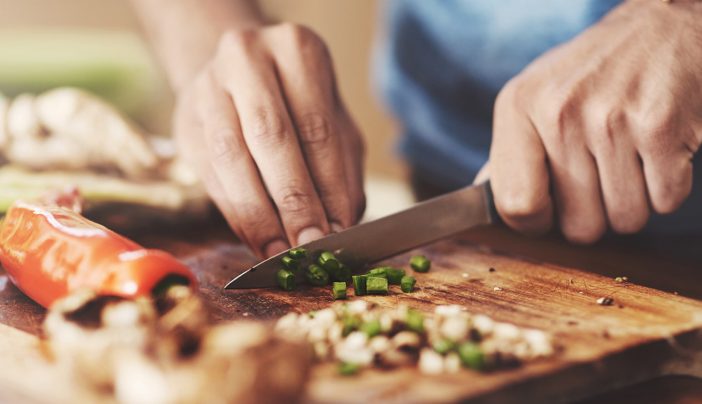
From simple designs like polka dots and stripes to more complex designs like flowers, animals, and even portraits, the possibilities are endless. To achieve these stunning designs, bakers use various techniques such as piping, flooding, and stenciling.
Piping involves using a piping bag and different tips to create intricate details, while flooding involves filling the entire surface of the cookie with icing and then adding details on top. Stenciling allows bakers to create precise patterns and designs by using stencils and edible spray paints.
With the right tools and a little practice, anyone can create beautiful and delicious works of art with their cookies.
Cookie Baking Tips
Continuing the exploration of cookie baking, let us delve into valuable tips that can elevate your baking skills and ensure deliciously perfect cookies. Here are some essential cookie baking techniques and troubleshooting tips to help you achieve phenomenal results:
- Use room temperature ingredients: Bringing your butter, eggs, and other ingredients to room temperature allows for better incorporation and smoother dough.
- Chill the dough: Refrigerating the cookie dough before baking helps solidify the fat, preventing excessive spreading and resulting in thicker cookies.
- Measure accurately: Precise measurements are crucial for consistent results. Use measuring cups and spoons for dry ingredients and a kitchen scale for more accurate measurements.
- Rotate the baking sheet: To ensure even baking, rotate the baking sheet halfway through the baking time. This prevents cookies from browning too much on one side.
Pie Making
Pie making involves the precise combination and preparation of ingredients to create a delicious and visually appealing dessert. The key to a perfect pie lies in mastering the art of pie crust techniques and exploring a wide range of pie filling variations.
When it comes to pie crust, there are several techniques to consider. The classic method involves mixing flour, butter, and cold water to create a flaky and tender crust. For those seeking a healthier alternative, using whole wheat or almond flour can add a unique flavor and texture. Another technique is to incorporate shortening or lard, which results in a more tender and crumbly crust.
As for pie fillings, the possibilities are endless. From traditional fruit fillings like apple, cherry, and pumpkin to more adventurous options like lemon meringue or chocolate cream, there is a pie filling for every taste. Don't be afraid to experiment with different flavor combinations and textures to create a pie that is uniquely yours.

Gluten-Free Baking
Gluten-free baking is increasingly popular, with more and more individuals opting for gluten-free options due to dietary restrictions or personal preferences. If you're new to gluten-free baking, here are some important things to keep in mind:
- Gluten-Free Flour Alternatives: There are plenty of gluten-free flour alternatives available, such as almond flour, coconut flour, rice flour, and tapioca flour. These flours can be used alone or in combination to achieve the desired texture and taste in your baked goods.
- Read Labels: When purchasing ingredients, always read labels carefully to ensure they are gluten-free. Some products may contain hidden sources of gluten, such as wheat starch or malt flavoring.
- Cross-Contamination: To prevent cross-contamination, thoroughly clean your baking tools, utensils, and work surfaces before starting your gluten-free baking. It's also important to use separate containers for storing gluten-free ingredients.
- Common Gluten-Free Baking Mistakes: Overmixing the batter, using too much flour, and not adding enough binding agents are common mistakes in gluten-free baking. Be sure to follow recipes closely and make adjustments as needed.
Vegan Baking
Vegan baking offers a range of exciting possibilities by utilizing plant-based ingredient alternatives. From flaxseeds to applesauce, these substitutes not only cater to a vegan lifestyle but also bring unique flavors and textures to baked goods.
Moreover, vegan baking is known for its health benefits, as it often involves reducing or eliminating animal products, resulting in lower cholesterol and saturated fat content.
With a growing demand for plant-based desserts, the world of vegan baking opens up a world of creative options, allowing bakers to experiment with unique and delicious treats that cater to various dietary preferences.
Plant-Based Ingredient Alternatives
One of the key elements to consider in vegan baking is the incorporation of plant-based ingredient alternatives. By using these substitutes, bakers can create delicious treats that are free from animal products.
Here are four essential plant-based ingredient alternatives to use in vegan baking:
- Plant-based milk alternatives: Replace dairy milk with options like almond milk, coconut milk, or oat milk. These alternatives provide a similar creamy texture and can be used in the same quantities as regular milk.
- Egg substitutes: Eggs can be replaced with ingredients like mashed bananas, applesauce, flaxseed meal, or tofu. These alternatives bind the ingredients together and add moisture to the baked goods.
- Aquafaba: This is the liquid found in canned chickpeas or the water leftover from cooking legumes. It can be whipped to create a fluffy texture, making it a great substitute for egg whites in recipes like meringues or macarons.
- Vegan butter: Replace traditional butter with plant-based alternatives made from coconut oil, avocado, or nut butters. These substitutes provide the same richness and flavor to your baked goods.
Health Benefits of Vegan Baking
Incorporating plant-based ingredient alternatives in baking not only allows for the creation of delicious vegan treats, but also offers numerous health benefits.
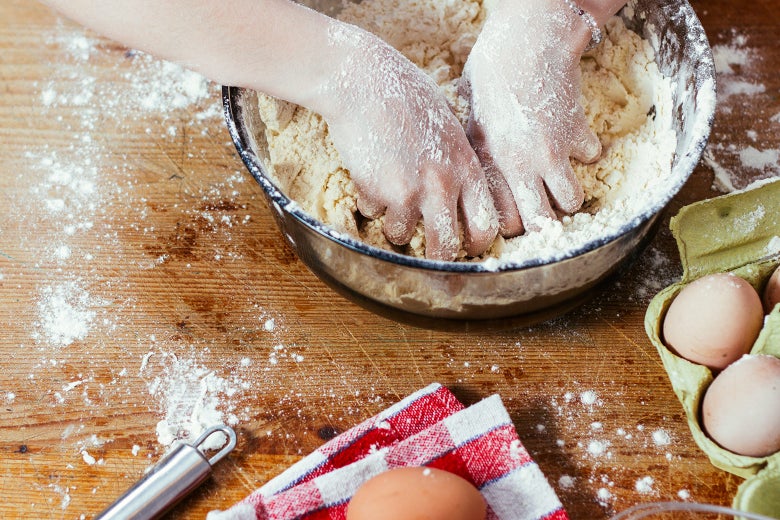
Vegan baking recipes use substitutes for animal-based ingredients, such as eggs, milk, and butter, which can reduce the intake of cholesterol and saturated fats. By replacing these ingredients with plant-based alternatives like flaxseed, almond milk, and coconut oil, vegan baking can contribute to a healthier diet.
Additionally, vegan baking challenges individuals to explore a wider variety of ingredients and flavors, leading to a more diverse and nutrient-rich diet. Vegan baked goods are often lower in calories and can provide higher amounts of fiber, vitamins, and minerals.
Creative Vegan Dessert Options
By exploring creative dessert options, individuals can elevate their vegan baking experience and indulge in delicious plant-based treats. Here are some exciting ideas to consider:
- Vegan Ice Cream Alternatives: Replace dairy-based ice cream with vegan alternatives made from coconut milk, almond milk, or cashew milk. These options are creamy, flavorful, and perfect for enjoying on their own or as a topping for desserts.
- Vegan Chocolate Desserts: Satisfy your sweet tooth with decadent vegan chocolate desserts. From rich chocolate cakes and brownies to creamy chocolate mousse and truffles, there are countless ways to enjoy the indulgence of chocolate without any animal products.
- Fruit-Based Desserts: Get creative with fruit-based desserts like vegan fruit tarts, cobblers, and crumbles. Use seasonal fruits to create vibrant and refreshing treats that are both healthy and delicious.
- Nut-Based Desserts: Experiment with nut-based desserts like vegan cheesecakes, pies, and cookies. Cashews, almonds, and macadamia nuts can be used to create creamy textures and add a delightful crunch to your vegan desserts.
With these creative vegan dessert options, you can satisfy your cravings while staying true to your plant-based lifestyle. Enjoy the goodness of vegan baking and explore the endless possibilities of vegan desserts.
Sugar-Free Baking
Sugar-free baking is increasingly popular among health-conscious individuals, as they frequently seek alternatives to traditional baked goods. With the rise in awareness of the negative effects of excessive sugar consumption, many people are turning to sugar-free baking as a way to satisfy their sweet tooth without compromising their health.
The benefits of sugar-free baking are numerous. Firstly, it allows individuals to reduce their sugar intake, which can help in maintaining stable blood sugar levels and managing weight. Secondly, it can be a great option for those with diabetes or individuals who are following a low-carb or keto diet. Lastly, sugar-free baking opens up a whole new world of creativity by exploring alternative sweeteners such as stevia, erythritol, or monk fruit.
From sugar-free cookie recipes to guilt-free cakes, sugar-free baking offers a healthier and equally delicious way to enjoy your favorite treats.
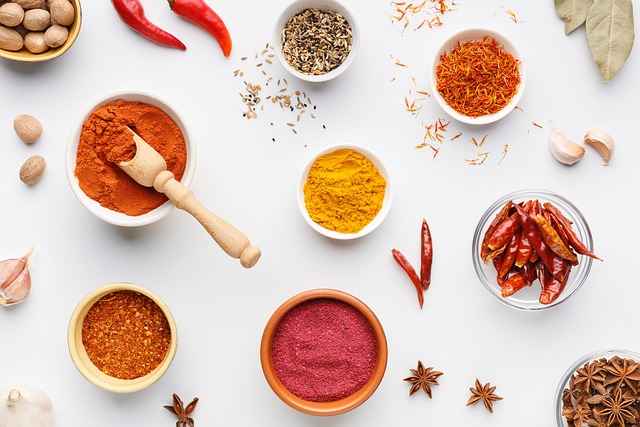
Frequently Asked Questions
What Are Some Common Mistakes to Avoid When Baking Bread?
When it comes to baking bread, avoiding common mistakes is crucial for a successful outcome. Achieving a flaky crust in pastries requires careful attention to techniques and ingredients. Safety should always be a priority in the kitchen.
How Do I Achieve a Flaky Crust When Baking Pastries?
Achieving a tender crumb in pastry making requires mastering the art of laminated dough. This involves creating layers of butter and dough through a process of folding and rolling, resulting in a flaky crust that is both delicious and visually appealing.
What Are Some Tips for Creating Intricate Cake Decorations?
When it comes to creating intricate cake decorations, there are a few tips to keep in mind. Firstly, ensuring a smooth icing on cakes requires proper technique and tools. Secondly, exploring creative ideas for decorating cupcakes can elevate their visual appeal. Safety precautions should always be taken during the process.
How Can I Prevent Cookies From Spreading Too Much During Baking?
To prevent cookies from spreading too much during baking and achieve a crispy crust, it is important to properly chill the dough before baking, use the correct amount of fat and sugar, and ensure the oven is at the right temperature.
What Are Some Alternative Flours That Can Be Used in Gluten-Free Baking?
When it comes to gluten-free baking, there are several alternative flours available, such as almond flour, coconut flour, and rice flour. Proper ingredient measurements are crucial in bread making to ensure a successful outcome.